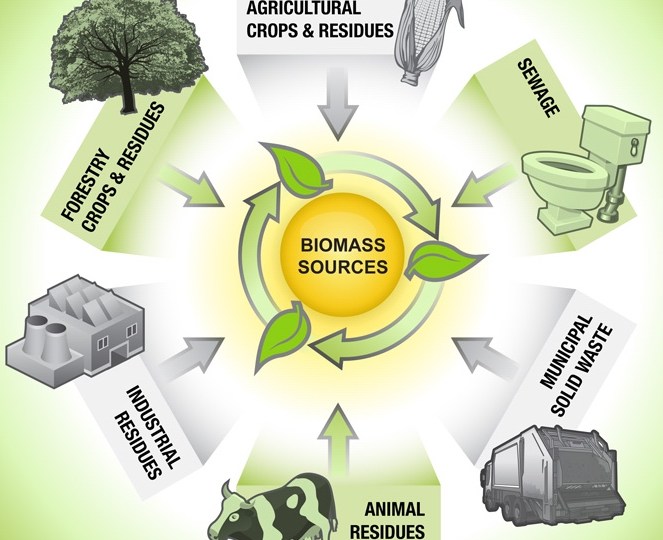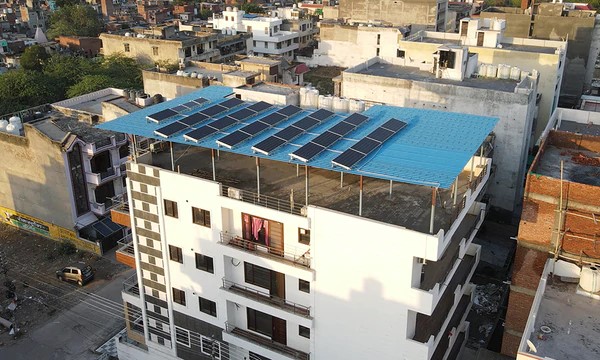You’ve spent the past year furnishing your home, selecting hand-crafted decor, and mixing and matching perfectly balanced wall colors. Everything appears perfect. But your utility bills tell a different story about your home. Your heating bill is through the roof and your electric bill never seems to come down no matter how good a job […]
Improve Your Home’s Energy Efficiency While Adding Value
































































































